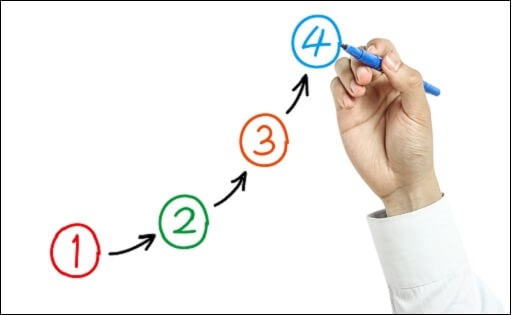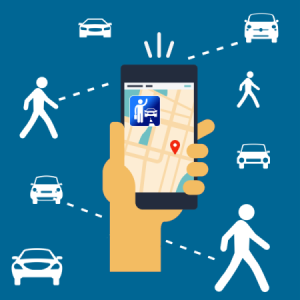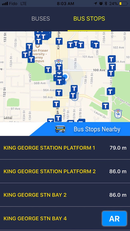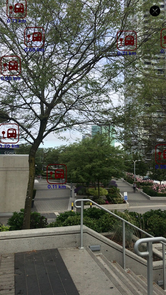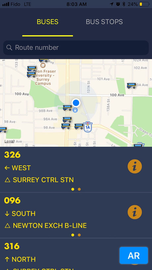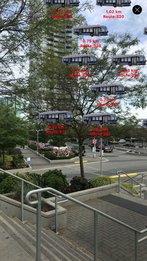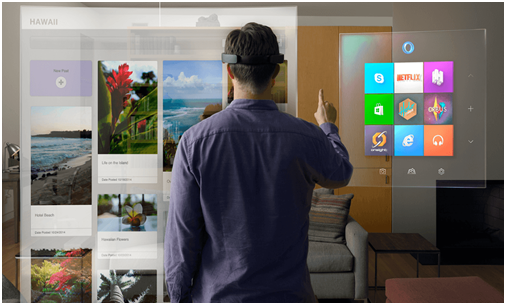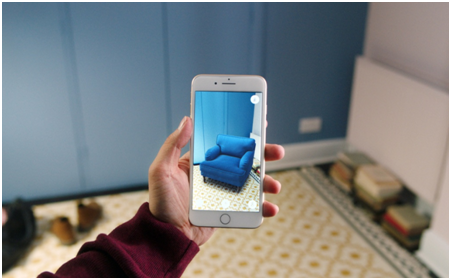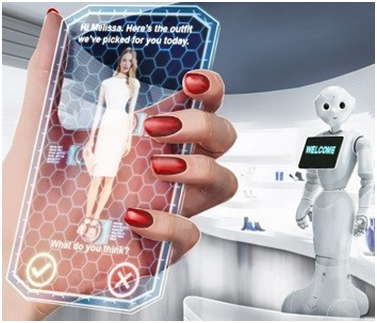It would be like having a genie, “Your voice will be Alexa’s command!” Customers get attracted to technology that has a voice access control. It is convenient and also easy to multi-task with a voice-first access gadget. These products definitely have a greater edge than the existing brands that require more attention.
Introduction to Alexa
Before delving into planning an Alexa skill, we must understand the skill itself. What is an Alexa skill? It is a voice-first app running on the Alexa platform. There are three types of skills that can be applied to Alexa; custom skills, smart home skills and flash briefing skills. You must focus on custom skills as the other two, smart home skills and flash briefing skills have minimum user control.
There are a few key details and terms that you must understand if you wish to plan Alexa skills.
Intent:
One of the specific action skills you need is intent – it is how Alexa will understand what a phrase or a sentence is supposed to mean. Once the smart device understands its meaning, it will give you the results that you are looking for.
Utterance
Utterance is used to plan and develop flexible responses to a similar phrase (with more than a hundred possibilities) uttered by the customer.
Alexa has an in built feature that asks you to record 25 different phrases to understand the meaning in context (through voice tone and pitch). Hence, when you speak, it can recognised the tone and pitch of the voice to produce the exact result.
For example, if you lisp with the words “sch” in a word like “schezwan”, it will record it in its memory and the next time you say the word it will display your desired results instead of other options.
Slots
Slots convert these specific words into typed data such as date, activity or time, i.e. the output that is required. Alexa has a big library but the customer can customise it for certain phrases or words.
For example, if you have a habit of saying the word ‘err’ while speaking, you can program Alexa to ignore it while typing out a sentence.
Alexa Skills
Alexa skills are offered by both, Amazon and third party companies to expand its features and enhance the assistant’s appeal. There is no limit to the number of skills the user can add but the challenge is to remember them.
But with the Alexa companion app (available on Apple’s App store, the Google Play store and the Amazon App store), it is now a piece of cake – it remembers all the skills that you’ve downloaded so that you can refer to them. There are about 3000 skills available in the app store right now – some of which include sports, entertainment, social media, home control skills, etc.
Tips to Plan Your Alexa Skill
Adding a Dash of Personality
Since Alexa is going to be a part of your family, it is nice that you give her a dash of personality. This will make you feel more comfortable sharing personal information. Add specific verbiage or innovate the way that the options are presented. For example, you can program Alexa to call you by your last name “Mr Dawson” or by your pet name “Jackie Boy”.
Follow up Mode
Alexa has a follow up feature wherein, you do not need to say “Alexa…” before starting each conversation or request. It has a dialog interface that collects multi-factor problem diagnosis and has the capability to maintain several conversation threads that allows you to switch between topics.
For example, if you say the sentence, “It is so hot today. By the way what time is it?” – Alexa will store the first part of the information and reply to the question asked.
Cards
There are also certain cards that you can purchase to manipulate Alexa’s skill settings. You can use these cards to set images, videos, lists and enhance the card’s skill. There are a limited number of cards available in the market, so your options will be limited (especially if you are picky about the look and feel of the card).
Set Time Zone
Setting the time zone in Alexa is important when it comes to remembering important dates, appointments, setting reminders and giving commands.
For instance, you’ve travelled to Germany for work purposes and you haven’t set Alexa on the local Munich time (it is still set on US time), you are going to be late/early for all your appointments and meetings.
Be Updated
Alexa offers you an in built feature that helps you stay on top of the news by sending push notifications. When these notifications arrive a flash of a different light colour or an audible message will be seen on Alexa.
You can then ask Alexa, “Alexa, what’s new?” and catch up on the information that has been waiting for you in the inbox.
Make a smart home
Alexa can be paired with different apps to make your home a smart home. You can connect it to home services such as, WeMo, Google’s Nest and the Philips Hue.
With these products, you can control the lights, AC speed, fan speed from the comfort of your sofa by simply asking Alexa to “make the temperature 24 degrees” or “dim the living room lights”, etc.
How to Integrate with Alexa?
Alexa Voice Service (AVS) can be directly integrated into a product. You just need to choose the hardware and design your experience. To start, create a product profile and prototype with AVS Device SDK sample app.
The six-step process to update a skill in Alexa:
1. Create a free account as an Amazon Developer and name your skill.
2. Build your interaction model (a visual diagram of how you want Alexa commands to work and Alexa to respond).
3. Upload your code into AWS Lambda to set up your Alexa skill.
4. Configure and test your code.
5. If building an Alexa Fact Skill, add custom facts into the code.
6. Publish your skill.
As mentioned earlier, you can use cards to enhance the operations, link Alexa with Alexa’s companion app and download more than 3000 skills available in the app store of your smart device.
Alexa lives in the cloud and is always getting smarter. With regular feature updates and product requirements, it will keep getting updated by itself.
Future of Alexa and Voice Technology
It is said that one in every six Americans now own at least one form of voice AI technology. In a study by NPR and Edison Research, it was revealed that 16% of the population of the U.S.A. are now owners of a smart speaker, a 128% increase on last year’s figures.
In total, 7% of Americans of purchased one of the smart speakers available between Black Friday at the end of November and 31st of December 2017.
https://digit.fyi/voice-ai-growing/
Alexa is the next generation of digital assistants. There are a lot of competitors for Alexa. Apple has Siri and Google is trying to promote Google Assistant. But three quarters of the share in voice technology products is hogged by Amazon’s Alexa. With the rate of growth and the upgrades done my Alexa, it could be the brand to beat in voice technology.
McCool said that, “Better natural language processing, biometrics, and secure authentication and payments are some of the key developments we’re expecting in 2018 which will make smart speakers like the Echo become must-have sales and service channels for dozens of industries by the end of the year.”
Further, voice technology is an authentic method for online transactions since it can partner with the telephone to deliver extremely accurate remote authentication. The integration of voice recognition systems in cars is gaining worldwide popularity as more countries initiate the “hands-free” regulations governing the use of mobile phones while driving vehicles.
Some of the key industry participants of the voice recognition market include Apple, Inc., Amazon, Inc., Baidu, Inc., Facebook, Inc., Google, Inc., IBM Corporation, Microsoft Corporation, and Nuance Communications.
Some of these major companies in the industry are focusing on increasing the recognition accuracy to outwit the competition. Industry participants have entered into strategic partnership and mergers and acquisition to strengthen their product portfolio and geographical presence.
App-Scoop app developers can help you build your first Alexa integrated app solution.
Contact app-scoop team – https://app-scoop.com/contact-us.html




